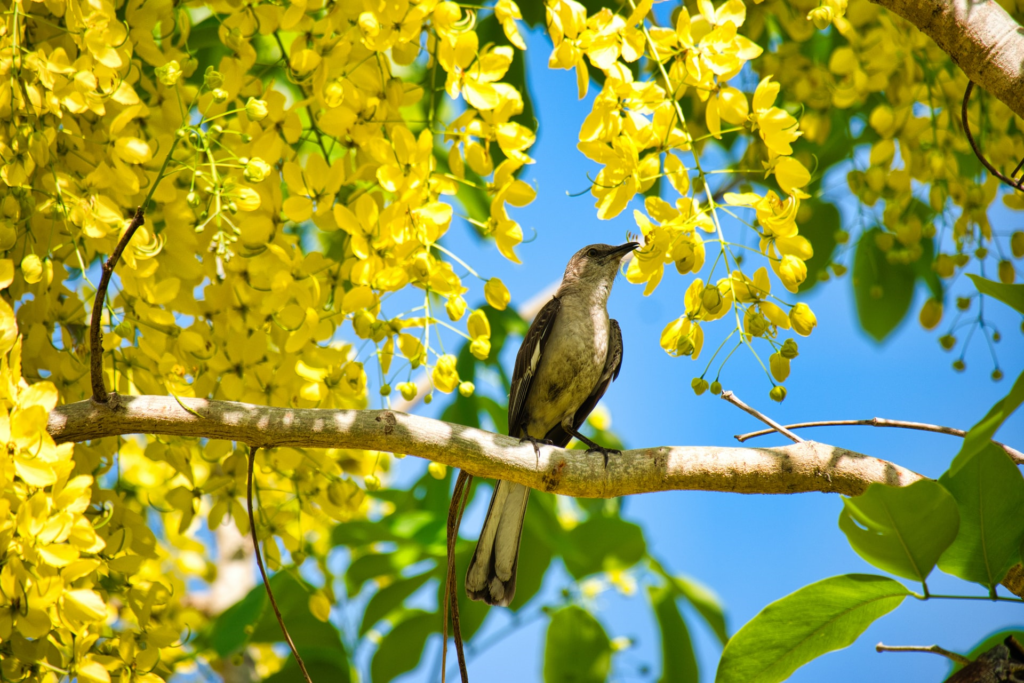(par 3. 3 ) Cycles of Nature

http://www.uen.org/themepark/cycles/nature.shtml Nature’s cycles have to do with how the earth renews itself. The living things within an ecosystem interact with each other and also with their non-living environment to form an ecological unit that is largely self-contained. Sometimes this renewal process is gradual and gentle. Sometimes it is violent and destructive. Nevertheless, ecosystems contain within […]
(par 3. 3 ) Biogeochemical Cycles

http://en.wikibooks.org/wiki/Ecology/Biogeochemical_cycles Planet earth from space In the previous chapter on environmental response, we considered the various ways that individual organisms respond to the physical, chemical, and/or biological stimuli in their environment. In this chapter, we will go deeper into the interactions between the biotic and the abiotic elements of the biosphere, focusing on the nonliving components. […]
(par 3. 3 ) Cycling Energy

http://www.geography4kids.com/files/cycles_energy.html Energy does not cycle the way nutrients and atoms do. Energy enters the ecosystem from the Sun and exits after the organisms have taken as much as they need. Organisms release energy back into the biosphere as heat. Energy also enters the ecosystem from the interior of the Earth. It is usually in the form of heat, not […]
